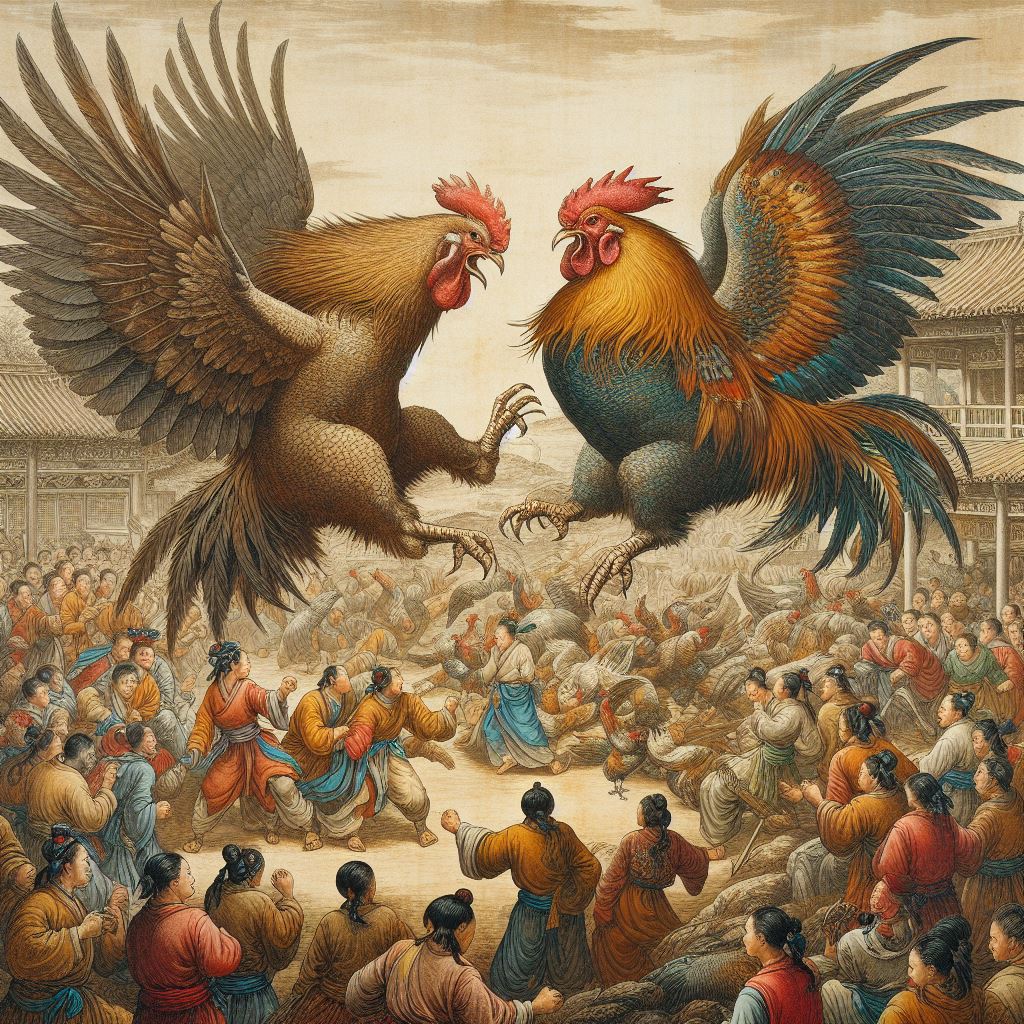Sabong is much more than just a sport in many parts of the world, particularly in the Philippines. It’s an age-old tradition that transcends the boundaries of simple entertainment, embedding itself deeply within social and cultural fabrics.
The Origins of Sabong

Cockfighting in the Philippines has roots that stretch back thousands of years. Though various cultures claim its origin, historians often trace the history of cockfighting to ancient India, China, and Persia. The earliest records come from the Indus Valley Civilization, over 4,000 years ago.
From Asia, the practice of cockfighting spread to Europe through extensive trade routes. The Romans and Greeks eagerly embraced cockfighting, treating it not only as a form of entertainment but also as a means to divine the future. This ancient sport held such significant cultural value that it continued to spread even further. With the arrival of the Spanish conquistadors in the Americas, cockfighting crossed the Atlantic, embedding itself in the cultural practices of various regions. The Spanish played a pivotal role in introducing and popularizing the sport in the New World, where it took root and evolved. Over time, cockfighting has developed unique regional variations, reflecting the diverse cultural landscapes it traversed. Its journey from Asia to the Americas underscores the profound impact of cultural exchanges along historical trade routes, highlighting the interconnectedness of ancient civilizations through shared practices and traditions.
In the Philippines sabong became a revered tradition passed down through generations. The traditional Filipino sport is believed to have been introduced to the islands by early Chinese and Indian traders, long before Spanish colonization. Over centuries, sabong melded into the intricate tapestry of Filipino cultural practices, solidifying its place as a respected and cherished activity. It became deeply embedded in the social and cultural fabric of the Philippines, reflecting the country’s rich history of external influences and internal adaptations. Today, sabong is celebrated for its historical and cultural significance, representing a living tradition that continues to thrive and bring communities together across the archipelago. The enduring popularity of sabong highlights its role as a vital link to the Philippines’ past and a continuing expression of its cultural identity.
Cultural Heritage of Sabong in the Philippines
The cultural heritage of sabong in the Philippines is not about pitting two roosters against one another. It’s rooted in a deep cultural significance that mirrors the society’s values, reflecting unity, strategy, and community.
Local Tournaments and Festivals
During sabong people from various backgrounds come together, finding a break from the daily grind and immersing themselves in the suspense and excitement that Sabong offers.
One of the most significant aspects of these events is the social bonding they facilitate. Individuals from all walks of life participate in or spectate these tournaments, fostering a strong sense of unity and belonging. The shared enthusiasm for the sport creates an environment where friendships are formed, and community ties are strengthened.
Sabong tournaments and festivals have a substantial economic impact. These events generate significant revenue, not just from betting but also from the sale of related items such as game fowl, feeds, and accessories. Local vendors and businesses often experience a surge in activity, benefiting from the influx of participants and spectators
The preparation involved in sabong requires substantial skill and knowledge. Breeders dedicate years to honing the best game fowl. It’s a careful balancing act of genetics, diet, and training, indicating the sportsmanship and dedication tied to this traditional Filipino sport.
Reflection of Social and Cultural Values
Honor and Bravery
Historically, sabong has stood as a metaphor for honor and bravery. Roosters are viewed symbolically as warriors, fighting with valor until the end. This mirrors societal admiration for traits like courage, resilience, and competitiveness.
Rituals and Superstitions
The cultural significance of sabong extends to local rituals and superstitions. Many believe in the omnipotent luck associated with the sport and engage in various practices to enhance their chances of victory. From special diets for the roosters to chants and blessings before matches, these rituals encapsulate a blend of faith, tradition, and foresight.
Intergenerational Bonds
The knowledge and passion for sabong often transcend generations. Fathers and grandfathers pass down their expertise and traditions to younger family members, ensuring the continuity of this cultural practice. It’s not uncommon to find multiple generations gathered around the sabong arena, united in spirit and intent.
Modern Day Sabbong
Like any tradition, sabong has evolved with time. Modern technology has introduced enhancements like online cockfighting, allowing people to participate from the comfort of their homes. This has expanded its reach, integrating the traditional sport into contemporary lifestyles.
However, with modernity comes scrutiny. Sabong faces ethical challenges, primarily concerning animal welfare and the morality of betting. Critics argue that it encourages violence and exploitation. On the other side, advocates claim it is an integral part of cultural heritage and rural economies.
The Philippines has a unique approach to regulating sabong. The government acknowledges its historical and cultural significance, allowing it within a controlled environment. Laws are in place to regulate the sport, ensuring humane treatment of the animals and keeping the unlicensed activities at bay.
